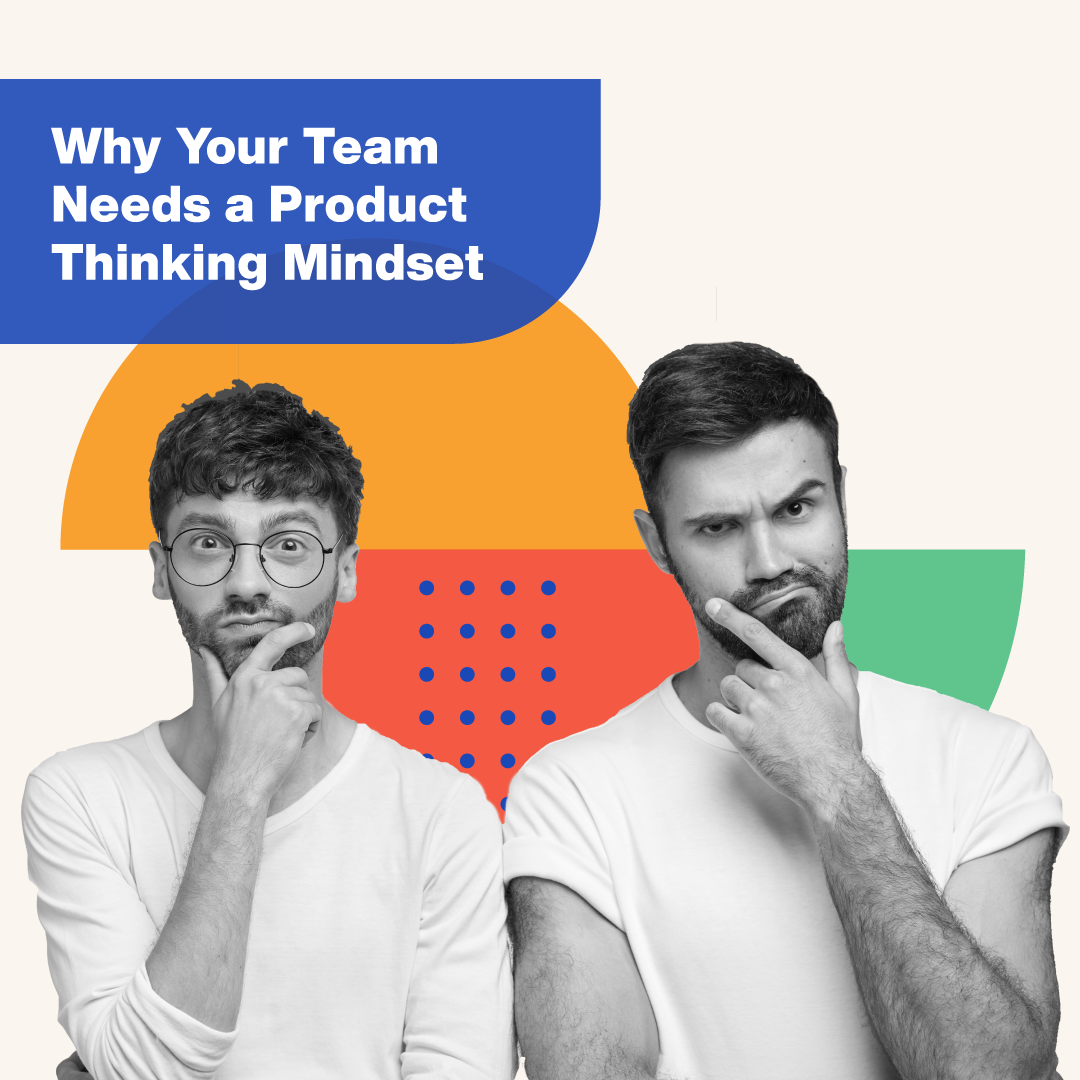n the ever-expanding digital economy, where approximately 30 billion IoT devices are already in use, the role of UX designers is evolving. As we move towards a future where devices seamlessly interact, UX designers will play a pivotal role in ensuring a human-centric customer experience at every step and interaction.
The role of design thinking and UX is undergoing a transformative journey, marked by an increasing demand for specialized skills. Notably, UX designers are becoming crucial contributors to various industries, shaping human-centric products, services, and businesses. Traditionally, predicting future trends spanned a 5-10 year timeframe. However, the pandemic underscored the need for more immediate foresight, limiting our vision to a 2-3 year window.
UX is a Business Imperative
Companies are realizing that UX is no longer a ‘nice to have’ but a critical business tool. The disappearance of companies without intuitive digital experiences, coupled with Google’s preference for UX-friendly websites in search rankings, underscores UX’s tangible impact on consumer satisfaction, revenue, and repeat business.
The Talent Crunch
LinkedIn identifies UX design as a top 10 skill, and the demand for UX professionals is skyrocketing. The global skills shortage, particularly for mid-level and senior UX roles, is pushing salaries upwards. The field is not only one of the best-paid but also anticipates significant growth, with UX designers earning a median salary of $75,000 in the U.S.
Desktop + Mobile Apps as Standard
The rise of mobile as the primary means of information consumption emphasizes the importance of adaptive UI. Every desktop application now requires a corresponding mobile app, making UX even more critical. Designers will focus on intelligent UI configurations based on individual user needs. Hybrid apps, usable across multiple platforms, are becoming more prevalent. The blending of digital and physical spaces, witnessed in retail and beyond, necessitates a different approach to UI and UX design, ensuring a seamless experience.
AI Integration
AI is set to augment human thinking, automating mundane tasks and allowing designers to focus on more significant challenges. While AI streamlines processes, UX designers will continue to apply human skills in overseeing and enhancing user interactions and experiences. The widespread adoption of voice-controlled devices also prompts companies to need develop voice assistants alongside their visual media, necessitating the evolution of traditional design strategies.
Inclusivity in Design
Inclusive design, proactively addressing the needs of diverse user groups, is gaining prominence. Designers who adopt inclusivity will avoid brand backlash, aligning with the growing focus on diversity and inclusion initiatives. Human-centered design and behavioral analytics that cater for all users need to take center stage as businesses strive to understand and cater to all users’ intrinsic needs, while content writing becomes more human-centric, emphasizing authentic communication that resonates with users.
AR and VR Are Coming
The integration of AR, VR, and MR into daily life is on the horizon. Businesses explore ways to leverage these technologies for enhanced operations, with VR applications gaining momentum. The market for AR products is predicted to surge, showcasing their growing importance.
Privacy as a Priority
As data becomes a valuable commodity, privacy takes center stage in UX. Designers must operate within data privacy regulations, ensuring user-friendly opt-out processes. Privacy concerns are already top priorities for users, and addressing them will be integral to gaining and maintaining consumer trust.
In this era of rapid technological advancement, it is the companies who focus on UI/UX design and the discipline of design thinking as the guiding North Star principles who will succeed, by creating superior interactions at every point with their users, and securing a continued right to play in the ever-evolving digital landscape.





